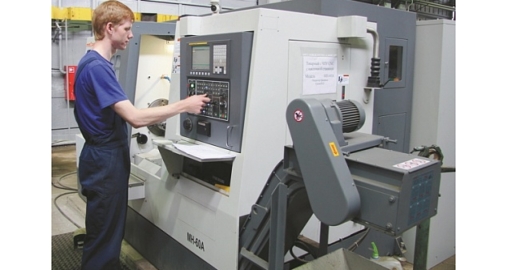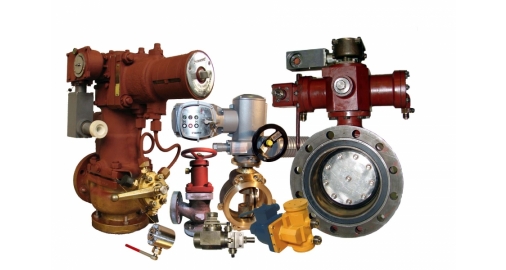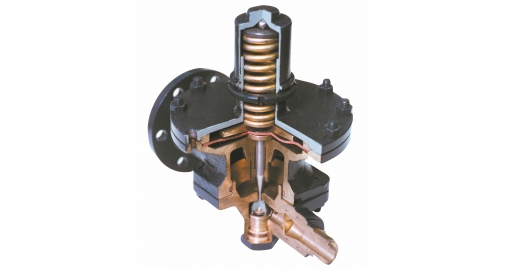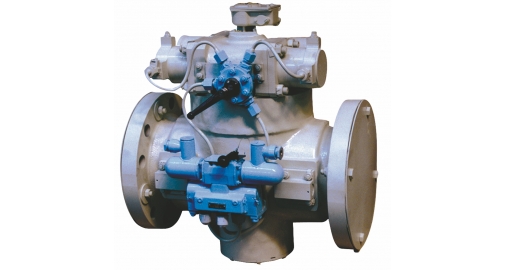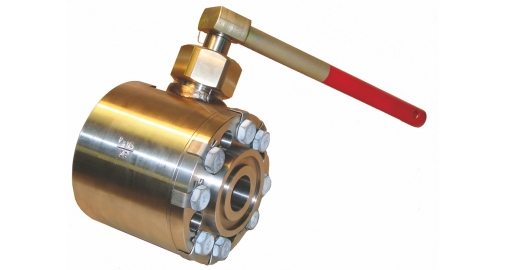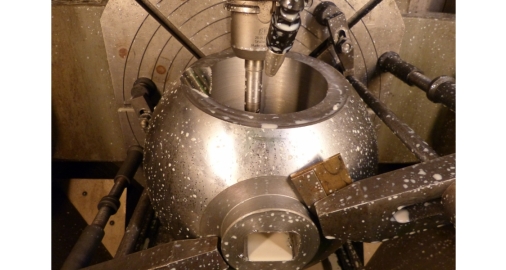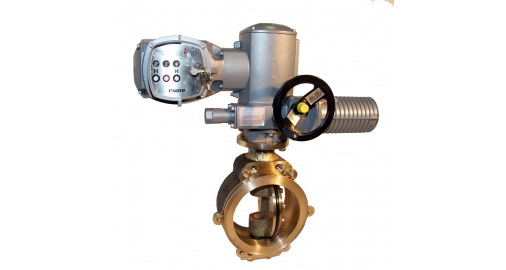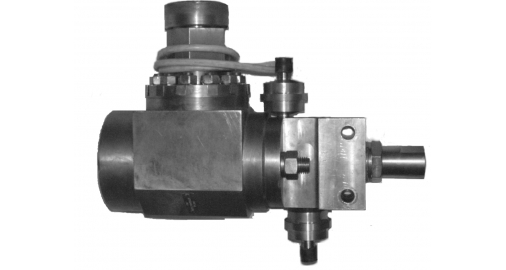Design and manufacturing of valves & fittings
JSC “SSTC” is a lead developer and parent enterprise in the field of design engineering and management of batch series line production of shipboard valves and fittings for needs of the Navy and commercial shipbuilding.
More than 10000 standard types and sizes of shipboard valves and fittings which are mainly intended for the Navy facilities (yards) including IV generation submarines have been developed and supplied to batch series line production by relevant design bureau.
1. Welded neck shut-off valves, non-return check valves, non-return controlled choke valves as well as flanged valves with hydraulic actuating gear, air-operated and electric drives.
2. Sea chests with hydraulic actuating gear.
3. Choke manipulator with solenoid drive and manual control.
4. Choke valves and flanged reducing valves.
5. Process valves with hydraulic actuating gears, air-operated drives.
6. Valve clacks of all types.
7. Welded neck choke, couple, flanged valves, threaded-end cocks, rubberized valves with manual control.
8. Sea chests with manual control.
9. Plug flanged, choke and rubberized valves.
10. Welded neck ball choke valves and flanged valves with hydraulic actuating gear, air-operated and electric drives.
11. Automatic-operat
12. Safety choke and flanged valves.
13. Valve manifolds.
14. Gate valves with hydraulic actuating gear, air-operated and electric drives and manual control.
15. Butterfly valves with hydraulic actuating gear, air-operated and electric drives and manual control.
16. Quick release valves and automatic-operat
17. Gauge columns.
18. Fire hose nozzles.
19. Flanges and union and edge snap-up joints.
20. Filters and condensate discharge pipelines (steam traps).
Field of Application
Propulsion systems of floating craft of different allotment, intended for satisfaction of general ship needs in support of navigation safety, habitability, preservation of freights, prevention of contamination of water area with waters, containing oil residue and other harmful substances, and also for achievement of maximum economically justified work automation with minimum number of attending personnel.

